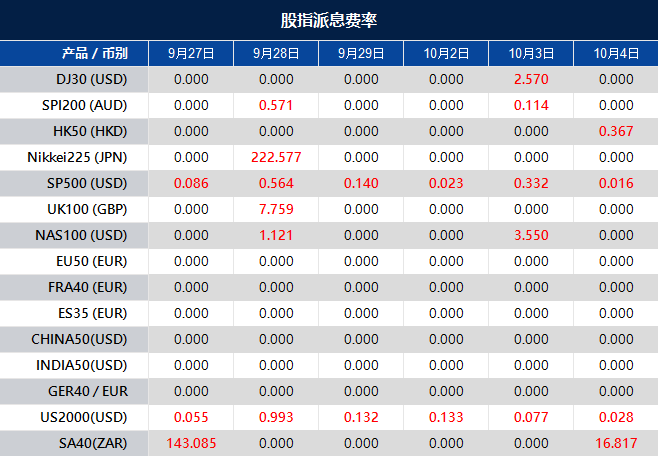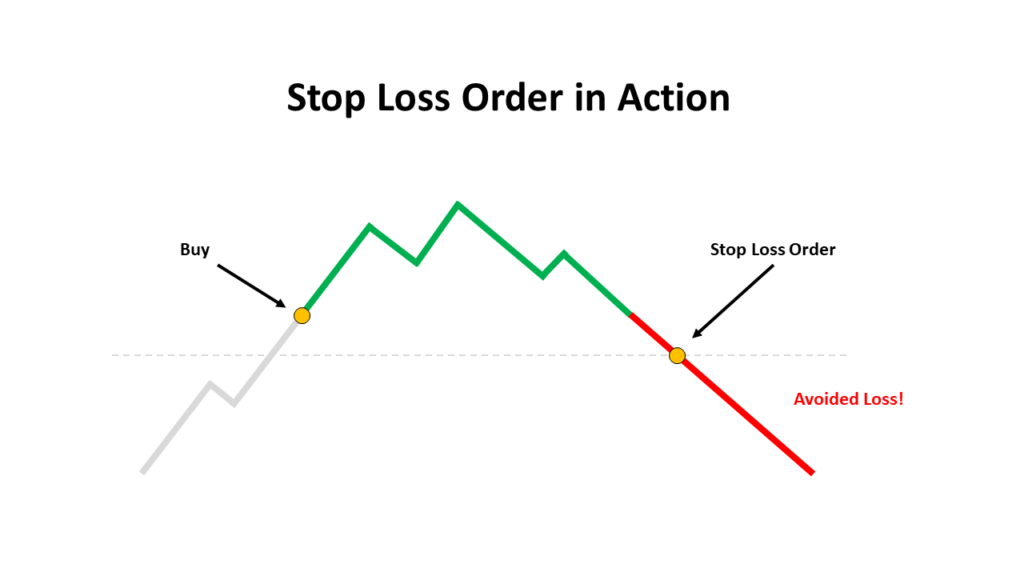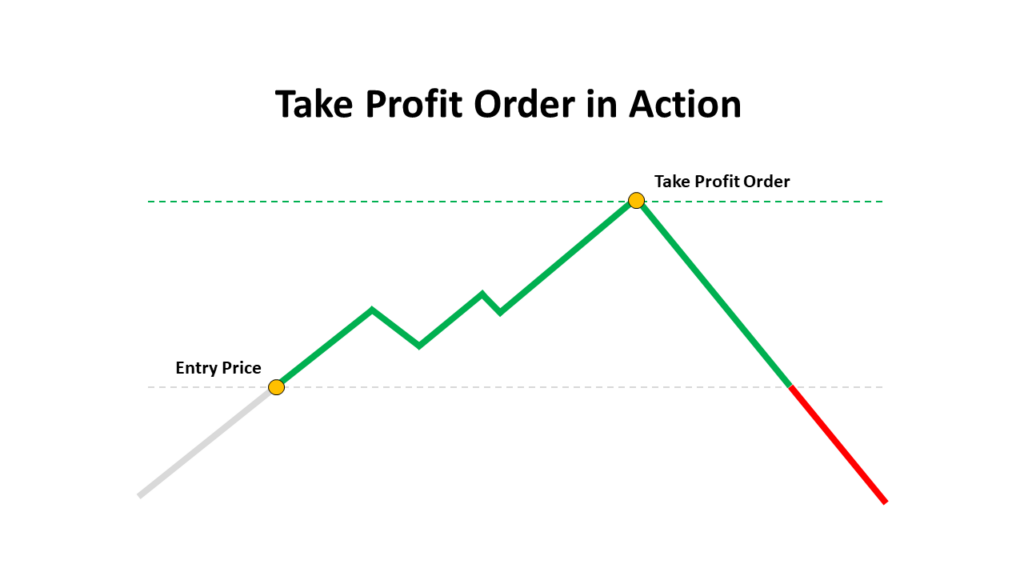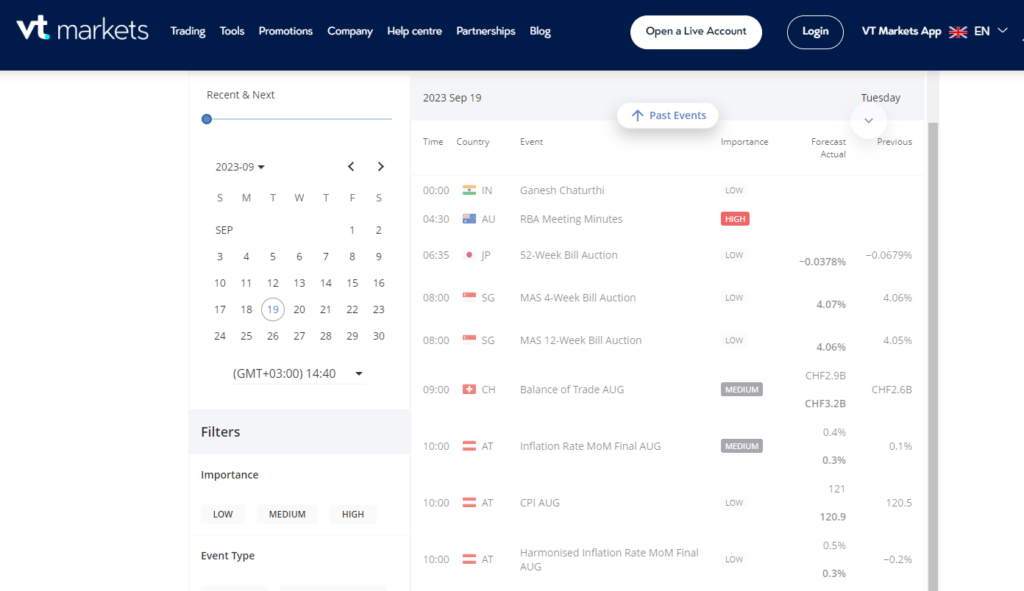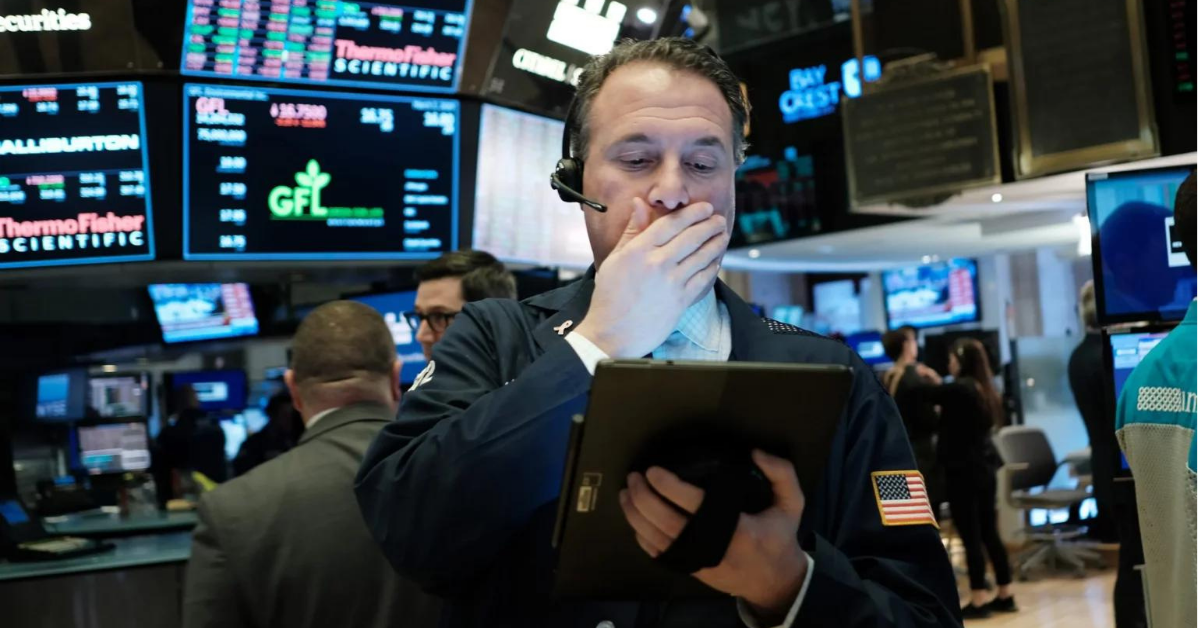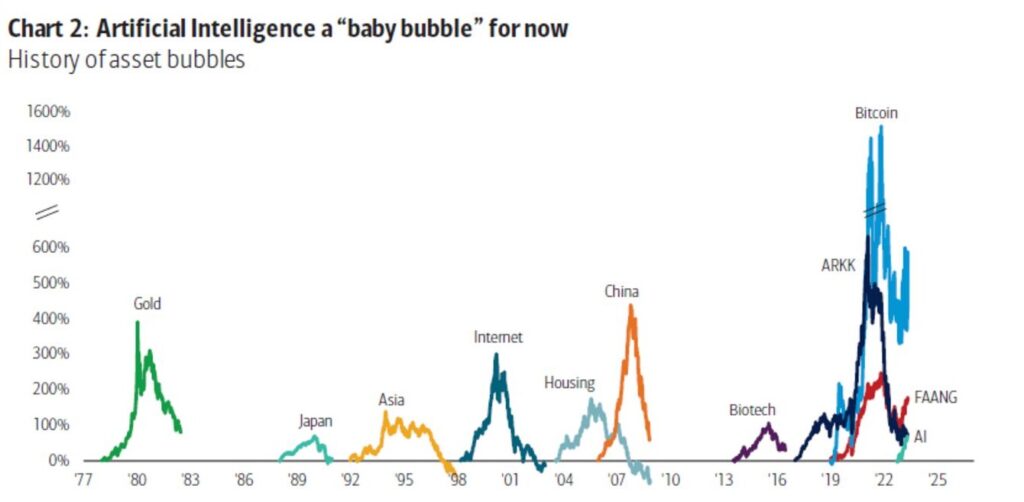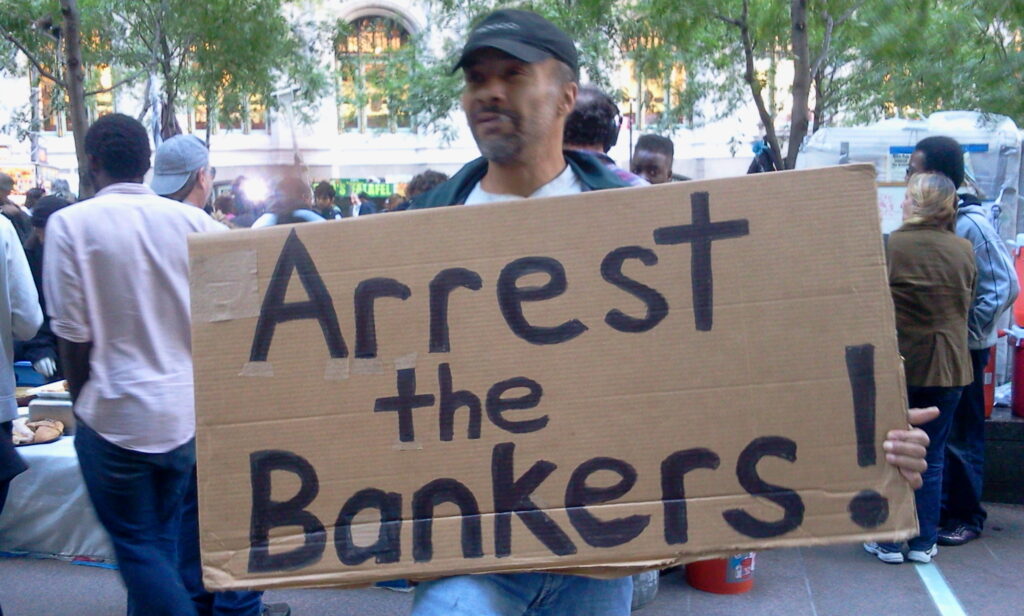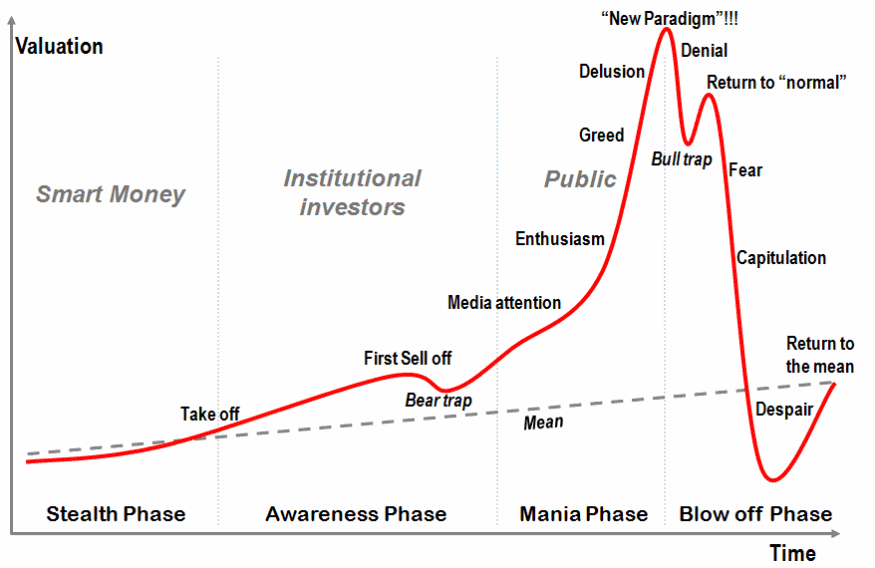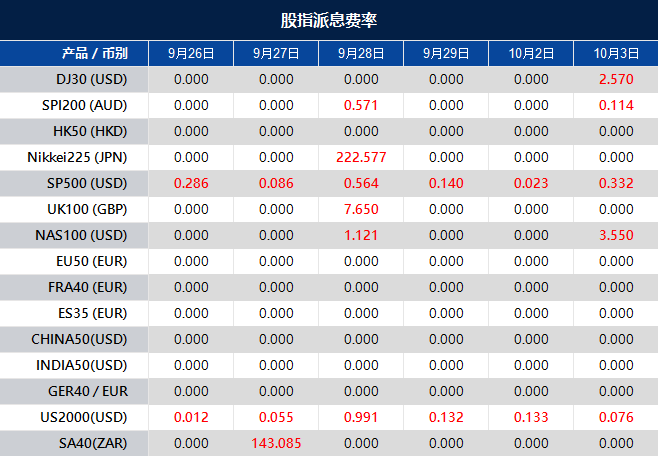On Wednesday, the Dow Jones Industrial Average fell by 0.20% as increasing Treasury yields and surging oil prices weighed on investor sentiment, with the S&P 500 approaching a critical support level. The energy sector outperformed, while concerns about inflation and disappointing economic data continued to impact the market. The US dollar strengthened, driven by a contrast in economic data between the United States and the Eurozone, posing challenges for EUR/USD speculators. The USD/JPY pair approached a significant level, with implications for foreign exchange interventions, while sterling and the Australian dollar faced their own challenges. Upcoming economic data releases are expected to maintain market volatility.
Stock Market Updates
The Dow Jones Industrial Average experienced further losses, falling 0.20% on Wednesday, largely due to increased Treasury yields and rising oil prices, which negatively impacted investor sentiment. The Dow closed at 33,550.27, shedding 68.61 points, despite briefly surging by 112.77 points earlier in the session. On the other hand, the S&P 500 showed marginal gains of 0.02%, closing at 4,274.51, while the Nasdaq Composite ended the session 0.22% higher at 13,092.85. The increase in Treasury yields and a 3% spike in U.S. crude oil futures to $93.68 per barrel were key factors contributing to the market’s downward trajectory. The energy sector emerged as the best performer, rising by 2.5%, with notable companies like Marathon Oil and Devon Energy both posting gains of over 4%.
The recent market turbulence can be attributed to concerns regarding inflation, as rising rates and disappointing economic data have weighed on investor sentiment. The S&P 500 slipped below the crucial 4,300 level for the first time since June, and the Dow recorded its most significant one-day loss since March, closing below its 200-day moving average for the first time since May. September, known as a seasonally weak month for stocks, has seen the S&P 500 down by 5%, the Dow down by more than 3%, and the Nasdaq performing the worst, with a loss exceeding 6% for the month. Investors anticipate continued volatility in the coming weeks but remain hopeful for strong buying opportunities leading up to the year-end, particularly in October.

Data by Bloomberg
On Wednesday, across all sectors, the market saw a minimal increase of 0.02%. Energy performed exceptionally well with a substantial gain of 2.51%, while Industrials and Communication Services showed moderate increases of 0.76% and 0.54%, respectively. Information Technology also saw a slight gain of 0.17%. On the flip side, several sectors experienced declines, with Utilities being the most impacted, showing a significant decrease of 1.93%. Real Estate, Consumer Staples, and Health Care also had notable declines of 0.83%, 0.77%, and 0.50%, respectively. Financials and Consumer Discretionary had smaller losses of 0.20% and 0.38%, respectively.
Currency Market Updates
The US dollar showed significant strength in the currency market, with the dollar index surging by 0.55% on Wednesday. This increase was driven by the EUR/USD pair falling by 0.75% below the 1.0500 mark and approaching the 2023 low of 1.0482. The dollar’s gains were primarily attributed to a contrast between better-than-expected economic data from the United States and rising concerns of a recession in the Eurozone, compelling short positions on the dollar to seek cover. Notably, Eurozone money supply contracted at a historic rate in August, with loans to households and businesses falling well short of forecasts. Additionally, deteriorating German consumer sentiment raised doubts about a recovery this year. The USD’s recent gains, totaling approximately 7% against the euro since July, are likely to be concerning for speculators who entered long positions earlier in the year, as the EUR/USD pair hovers near its 2023 low.
In the meantime, the USD/JPY pair is approaching the significant level of 150, which many speculate the Japanese Ministry of Finance might defend, either through verbal interventions or actual foreign exchange interventions. Surpassing 150 could lead to a defense of the 32-year peak reached last year at 151.94 on EBS, potentially signaling an overdue correction. The trajectory of 10-year Treasury yields in the United States, which rose by 7 basis points to levels not seen since 2007, is crucial for USD/JPY. While US yields surge, 10-year Japanese Government Bond (JGB) yields remain at a much lower level of around 0.75%, setting the stage for further developments in this currency pair. This currency market update also revealed that sterling fell by 0.35% due to concerns about the Bank of England’s ability to combat inflation effectively, with the pound inching closer to the 2023 low of 1.1805 after an almost 8% decline from its July highs. Other notable movements in the market include the Australian dollar (AUD/USD) falling by 0.9% due to risk aversion related to issues in China and limited expectations of an interest rate hike by the Reserve Bank of Australia (RBA). The US dollar also made gains against the Norwegian krone (USD/NOK) by 0.56% in response to rising crude oil prices, particularly as Brent crude approached the $100 mark. The market anticipates more economic data releases on Thursday, including German Consumer Price Index (CPI), US jobless claims, Q2 GDP revisions, and pending home sales, with a heavier slate of releases scheduled for Friday.
Picks of the Day Analysis
EUR/USD (4 Hours)
EUR/USD Hits 2023 Lows, ECB’s Focus on Inflation, and USD Strength Dominates Markets
The EUR/USD has experienced a seven-day decline, plummeting to its lowest point since January, falling below 1.0500. The prevailing market sentiment is bearish, with no correction in sight, and the European Central Bank (ECB) closely watching upcoming inflation data from Spain and Germany. ECB members’ comments have had minimal impact, as the bank awaits crucial inflation figures this week. Spain expects a rebound in consumer inflation, while Germany anticipates a sharp decline in CPI. The US Dollar continues to strengthen, reaching new highs with the US Dollar Index nearing 107.00. Despite declining equities, US Treasury yields remain high, and economic data, including Durable Goods Orders and Jobless Claims, is closely monitored.
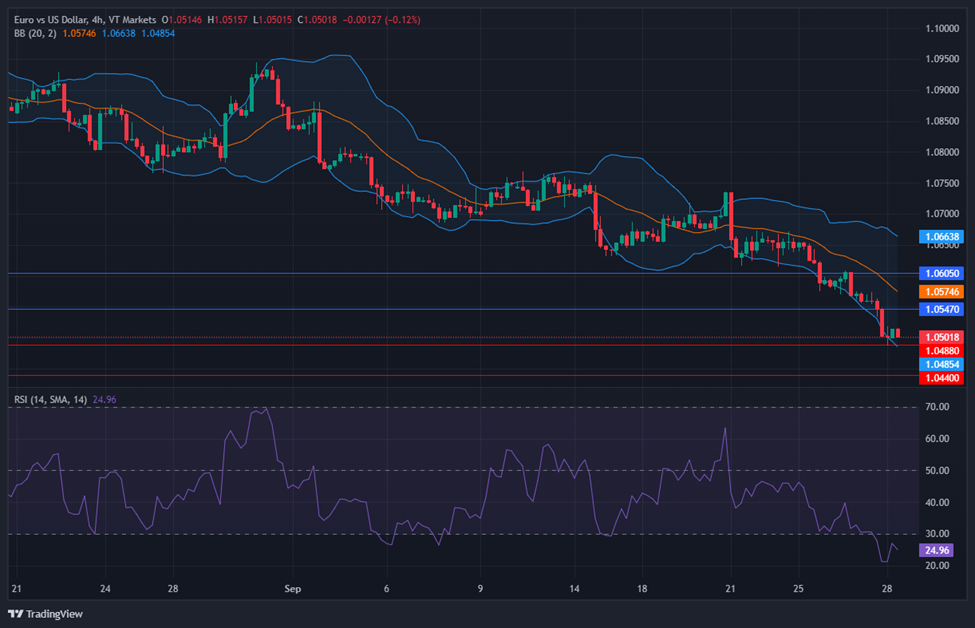
According to technical analysis, the EUR/USD moved lower on Wednesday and created downward pressure on the lower band of the Bollinger Bands. This movement suggests the possibility of further losses in EUR/USD. The Relative Strength Index (RSI) is currently at 24, indicating a bearish bias for the EUR/USD.
Resistance: 1.0547, 1.0605
Support: 1.0488, 1.0440
XAU/USD (4 Hours)
XAU/USD Slumps Below $1,880 as Dollar Surges Amidst U.S. Funding and Rate Hike Concerns
Spot Gold’s decline deepened as it slipped below the $1,880 threshold, driven by a strengthening U.S. Dollar in a risk-averse climate, while financial markets closely monitored developments in the United States, where a federal shutdown loomed due to political disagreements over funding. Simultaneously, global stock markets extended their bearish trends on concerns that central banks might prolong higher interest rates, elevating the risk of economic downturns. Government bond yields spiked, with the 10-year Treasury note hitting a 15-year high at 4.59%, and the 2-year note offering 5.11%, nearing levels not seen since the Federal Reserve’s monetary policy announcement.
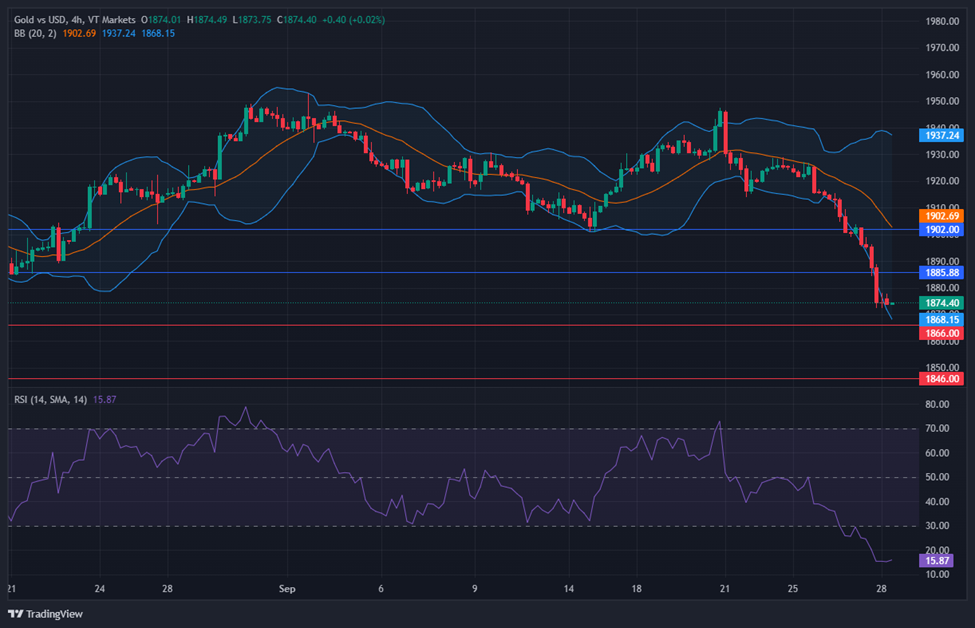
According to technical analysis, XAU/USD moved lower on Wednesday, creating downward pressure on the lower band of the Bollinger Bands. Currently, the price is hovering just above the lower band, suggesting a potential further decline for XAU/USD. The Relative Strength Index (RSI) is currently at 15, signifying a bearish bias for the XAU/USD pair.
Resistance: $1,885, $1,902
Support: $1,866, $1,846
Economic Data
| Currency | Data | Time (GMT + 8) | Forecast |
|---|---|---|---|
| EUR | German Prelim CPI m/m | All Day | 0.3% |
| EUR | Spanish Flash CPI y/y | 15:00 | 3.5% |
| USD | Final GDP q/q | 20:30 | 2.2% |
| USD | Unemployment Claims | 20:30 | 214K |
| USD | Fed Chair Powell Speaks | 04:00 (29th) |

